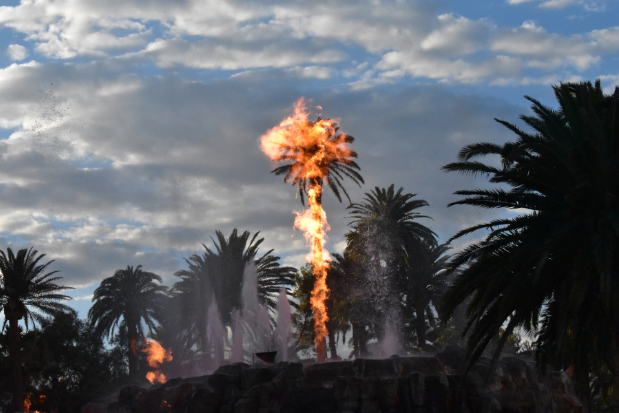Policy paper: Fires in the oases of Daraa Tafilalet. - Regional Programme Energy Security and Climate Change in Middle East and North Africa
Perhaps one of the distinguishing features of the Drâa Tafilalet region in southeastern Morocco is its embrace of palm trees, which grow in the form of oases that help reduce desertification, sand encroachment to the north and humidify the climate in the region. It is also considered a locomotive for the agricultural sector and a societal pillar that positively affects the local stability of the population. In recent years, these oases have experienced frequent and random fires, due to natural and human factors, which have threatened and continue to threaten their existence. This document makes recommendations that will limit this phenomenon, both proactively and in terms of combating what lies behind it. These recommendations focus on the valorization of palm residues, the purification of oases and the provision of fire fighting equipment in the affected provinces. In addition to the rejuvenation of oases and compensation for damages caused to local farmers.
Southeastern Morocco, particularly the provinces of Rashidieh, Zagora and Tinghir, is the primary source of dates nationwide, as these regions are home to vast oases of palm trees of many different varieties. Statistics provided by the Moroccan Ministry of Agriculture on its official website in 2019 indicate that the total number of date palms in the oases of Daraa Tafilalet is about 4 million and 853 thousand palms, and the cultivation of palms in this region covers an area of about 50 thousand hectares, with an average production representing 84% of the national production of dates. In addition, this sector provides 3 million working days per year at the regional level, and participates in the formation of about 65% of the income of the fields in the oases, according to the same source, which contributes to the development and stability of the local population.



